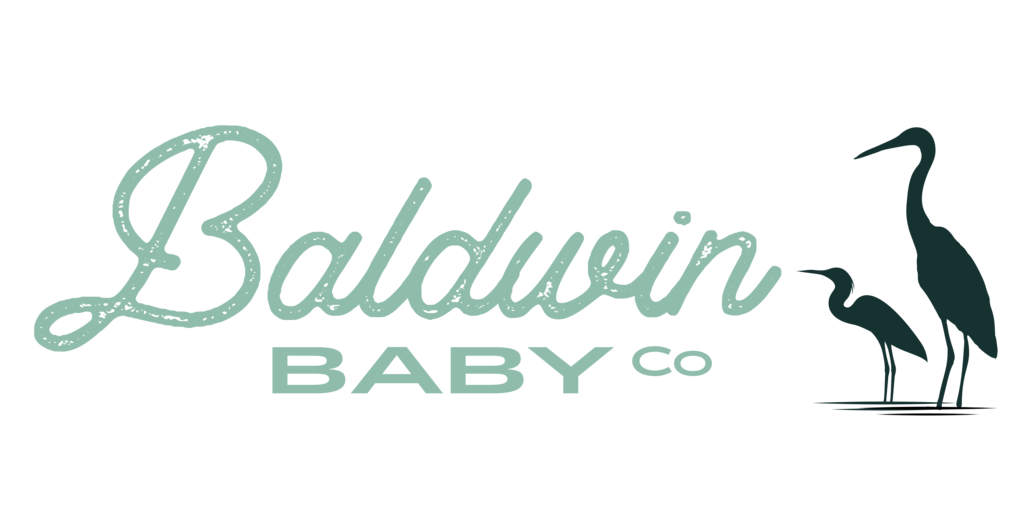Feeding, Weaning & Nutrition FAQ
Feeding fuels growth—and yes, it can feel like a moving target. Early on you’re focused on establishing breast or bottle feeds and making sure baby gets enough. Soon you’re weighing first foods, safe textures, and allergy timing. Then come the toddler years with picky phases, portions, and keeping mealtimes calm.
From pumping and storing milk to mapping out balanced toddler plates, each stage has its own rhythm. Understanding core nutrition, pacing solids alongside milk, and building steady routines turns mealtime from stressful to straightforward—so you can focus on connection and raise an adventurous, well-nourished eater.










